When someone doesn’t get a sale, landing page always get the bad rep. A landing page is more than just another page on your website. Its primary goal is singular: to get visitors to take a specific action—whether it’s purchasing a product, subscribing to a newsletter, or downloading a guide. It serves as a focused entry point to conversion. But if your landing page isn’t converting, does that mean it’s time to scrap everything and start over?
What is a Landing Page? And Why Do You Need One?
A landing page is designed to drive a visitor towards one clear call to action. You want your audience to take a specific step, such as:
- Downloading a free training guide
- Watching a video
- Enrolling in a course
Is it reallllly the landing page('s FAULT)?
It’s easy to blame the landing page when sales or sign-ups aren’t happening. But before you do, consider the following:
Have you properly warmed up your leads?
Are you sending cold traffic to this page, or have you nurtured your audience before driving them here?
Is your landing page targeted?
Does it cater to a specific audience, or are you casting too wide of a net? Tailor your landing page based on your audience’s level of awareness about your product.
Is the offer appealing?
Is the product or service you’re offering compelling enough? Sometimes, the issue lies more with the offer than the page itself.
A 50/50 approach
In my experience, creating a landing page is a 50/50 effort between design and strategy. Here are some key takeaways for crafting an effective landing page:
A/B Test:
Try to create two versions and test them against each other using a trackable method.
Keep It Concise:
Be direct. Your audience shouldn’t have to scroll through endless text to understand what you’re offering.
Focus on the Problem:
Don’t make the page solely about the product—make sure it speaks to the customer’s problem and how your product solves it.
Relevant Information:
Organize your landing page with the essentials, such as:
- What: What are you offering?
- Who: Who is it for?
- How: How is the course conducted?
- Where: Where will it take place? Is it virtual or in-person?
- Pricing: What’s the cost?
- When: What’s the duration of your course?
- FAQ: Address common questions.
- Testimonials: Include social proof from previous clients or students.
This is a straightforward approach when creating landing pages for specific campaigns.
SET IT AND DON'T FORGET IT
One common mistake course creators make is setting up the landing page and then just leaving it, expecting sales to roll in. If the course doesn’t sell, the landing page often gets blamed, prompting a scramble for quick fixes.
But it’s important to understand that the landing page might not be the problem. Instead, ask yourself if the course itself is compelling enough or if you’ve done enough marketing to drive the right traffic to it.
Avoid the Sleazy SALES Tactics
There are plenty of misleading strategies out there, like false urgency (“This offer expires in 2 hours!”—which resets after the timer runs out). These tactics may work temporarily, but they aren’t the foundation for sustainable success



